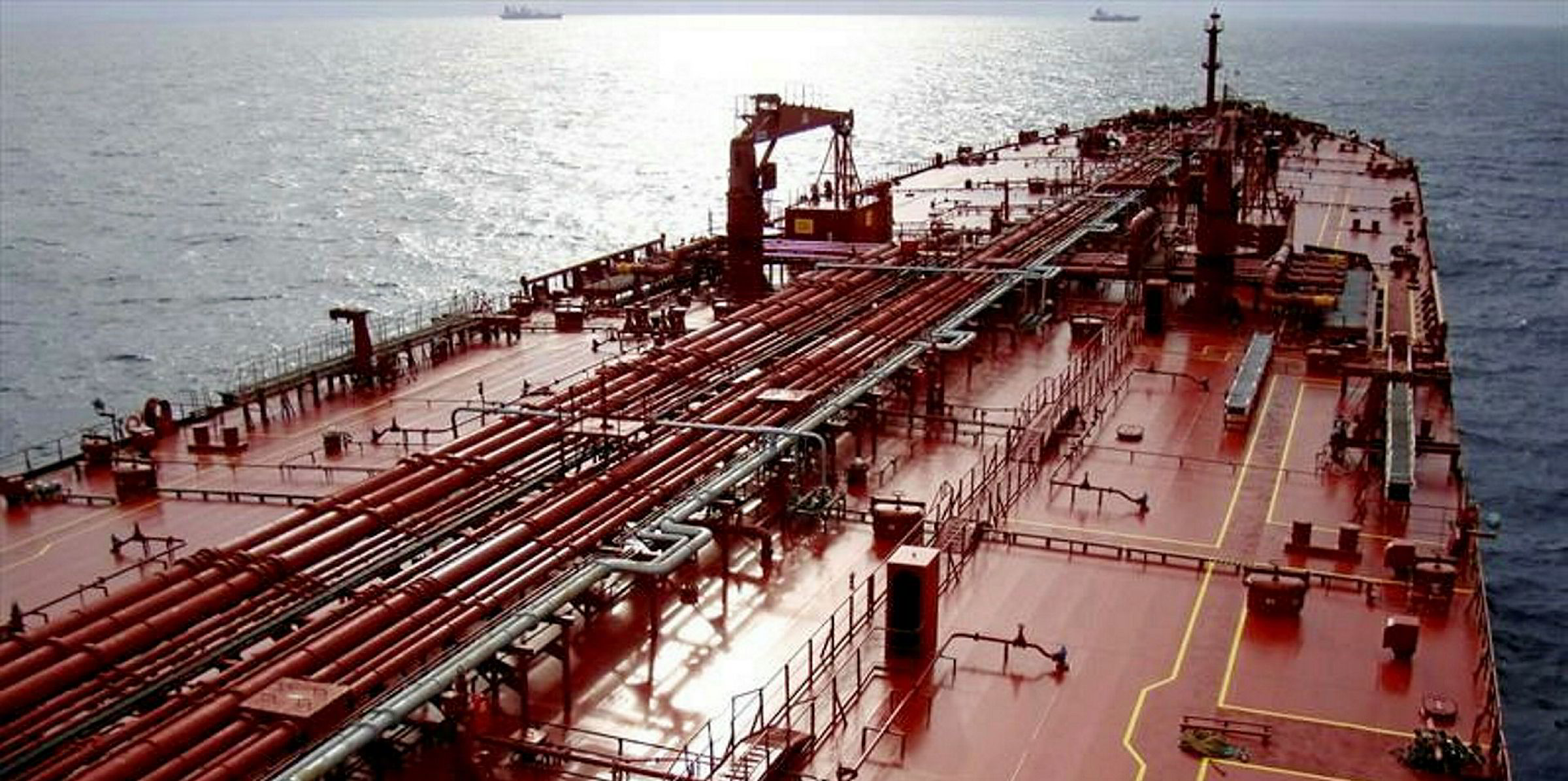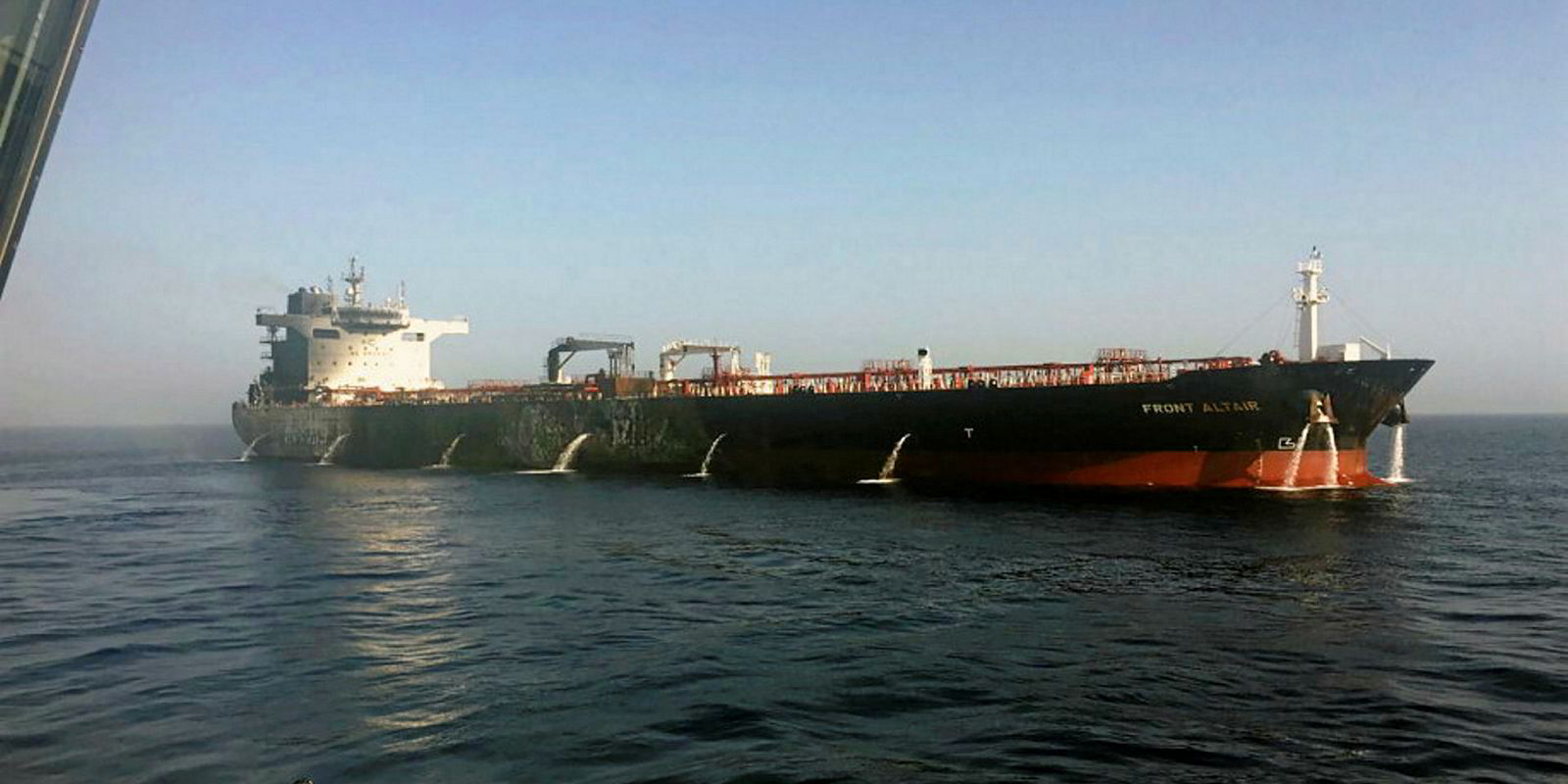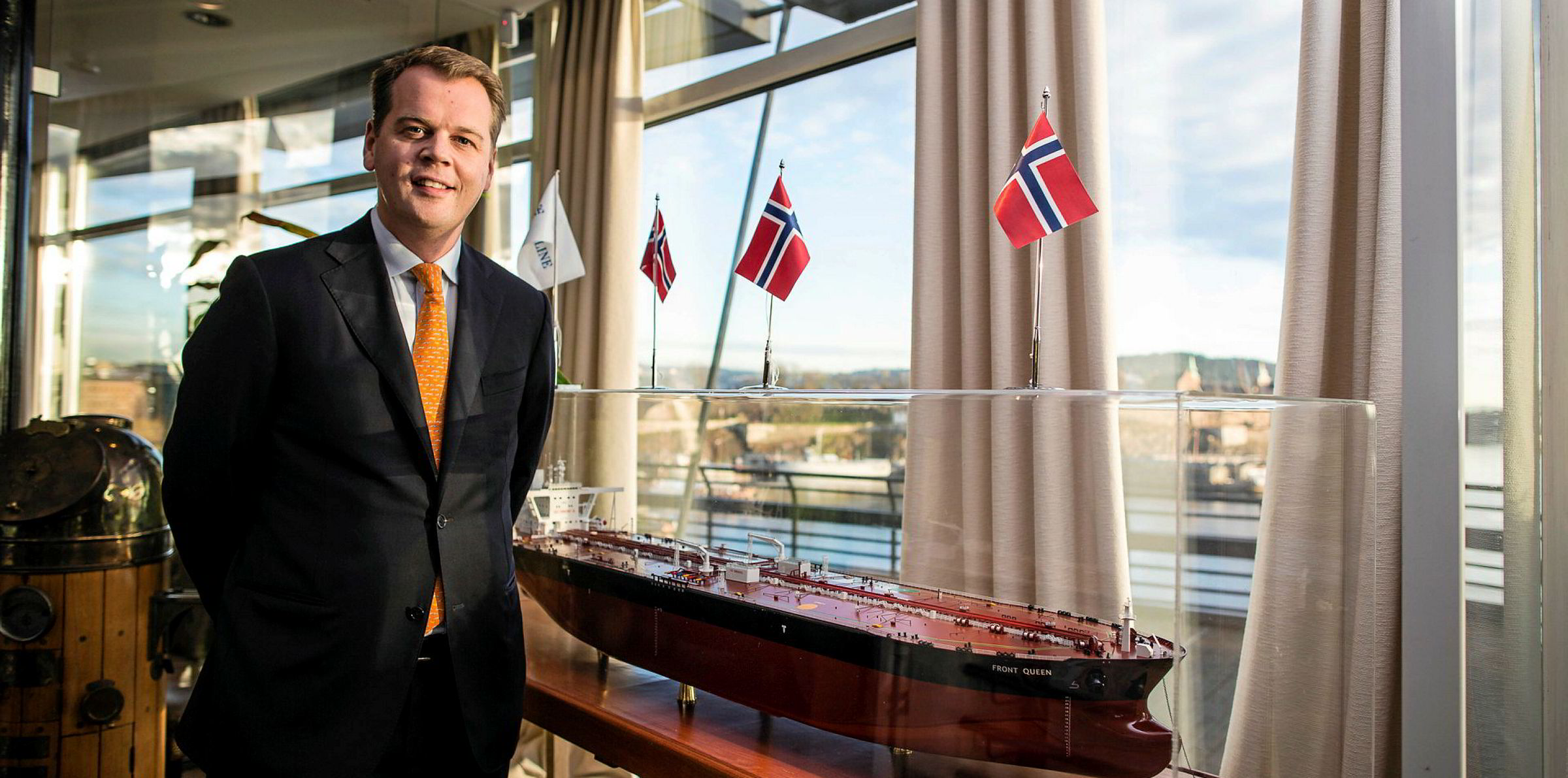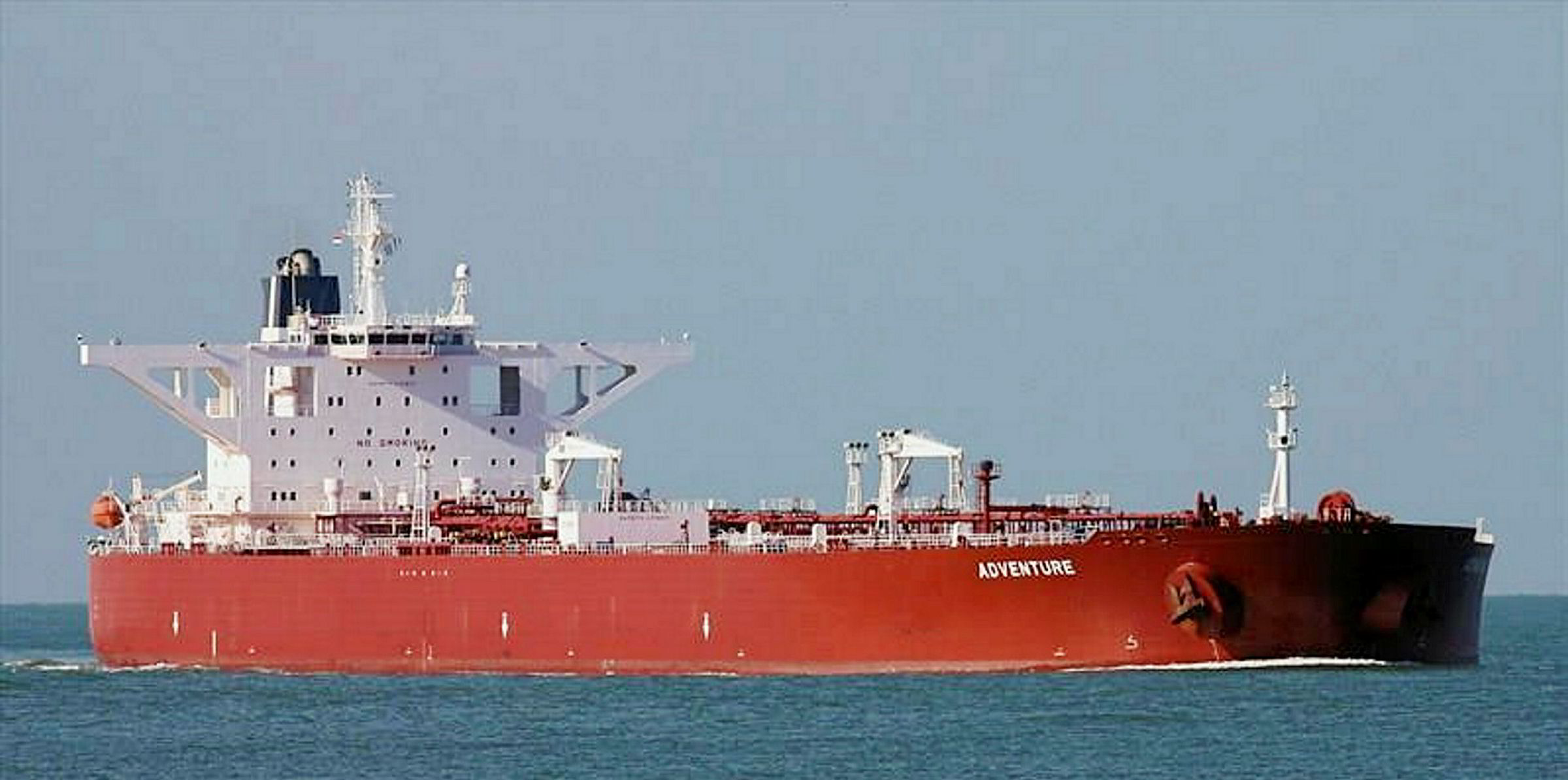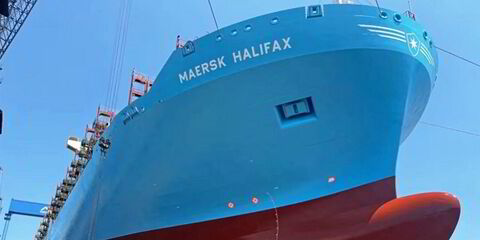BP and Koch Industries have reportedly fixed their suezmax tankers for loading from the Middle East Gulf at significantly higher rates than the levels seen before last Thursday’s tanker attacks.
Brokers reported the 158,300 dwt British Heritage (built 2017), owned by ICBC Leasing and operated by BP, was fixed by Repsol to lift from Iraq’s Basrah terminal on 27 June for a shipment to northern Spain at Worldscale 55.
Unipec reportedly fixed the 164,565-dwt Euronike (built 2005), owned by a Pareto fund, for lifting from the same terminal on the same date. The Chinese major would pay WS 55 for shipment to northwestern Europe and WS 80 to East Asia.
Euronike is bareboat chartered to Tsakos Energy Navigation (TEN), which timechartered the ship out to operator Koch Industries.
Emails to BP, TEN, Unipec and Repsol have yet to be responded.
Both fixtures, believed to be under provisional booking, are showing increases of up to 20 WS points from the pre-attack levels.
For the VLCC market, offers are above WS 60 for benchmark Middle East-China trade, compared with WS 37 last Wednesday. Aframax offers are also reportedly WS 20 points higher.
According to market sources, tankers rates are receiving a boost from higher bunker and insurance costs as well as tighter vessel supply as a result of fewer owners willing to send ships to the Middle East.
Platts reported shipowners now have to pay 0.1%-0.4% of the vessel value in insurance, compared with 0.02% prior to the attacks.
“Some underwriters even shy away from covering tankers loading in the region,” Braemar ACM said.
Last Thursday’s attacks on Front Altair (built 2016) and Kokuka Courageous (built 2010) in the Gulf of Oman followed similar attacks on four tankers Fujairah on 12 May.
Non-event?
The US and Saudi Arabia have blamed Iran for the attacks, but Iran has denied any involvement.
“The longer-term implications for the tanker market are dependent on what happens next,” Poten & Partners said.
“Geopolitical tensions have already risen to a very high level and further attacks and/or proven involvement of ‘state actors’ could result in a significant escalation of the conflict.”
Stifel believed these incidents could be bullish for tanker rates but their impact would likely be limited.
“We believe it is extremely unlikely for a closure and certainly nothing protracted. More likely, there would need to be increased international protection for ships transiting the region with some possibility of escorted convoys,” Stifel said.
“This could slow the tanker logistics for loading and unloading. We expect at most it would add an additional one to two days in transit time."
“This would imply a 1% effective reduction in the crude/VLCC trading fleet which would be positive but limitedly.”
However, in the case of escalating tension between Iran and the US and its allies, eventually leading to a large-scale warfare, tanker markets are expected to experience high volatilities with 40% of the world’s seaborne crude transiting through the Strait of Hormuz.
“In the run-up to such an event and for a short time after that this would spike tanker rates,” Singh said. “Wars that create disruptions in the Middle Eastern oil flows have in the past tended to turbo-charge tanker demand."
“However, a long run conflagration that continues to keep the Hormuz ‘unpassable’ would reverse the outcome for tanker markets.”
“Middle East’s 17.25 million barrels per day (bpd) of crude exports and 4.35 million bpd of product exports would be irreplaceable and cause oil prices to remain high, hurting the global economy and oil demand.”

